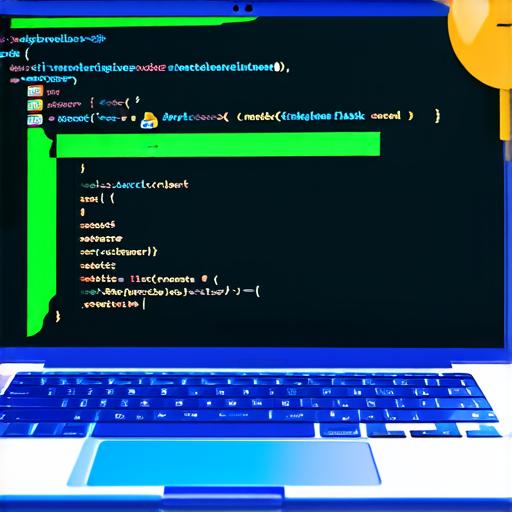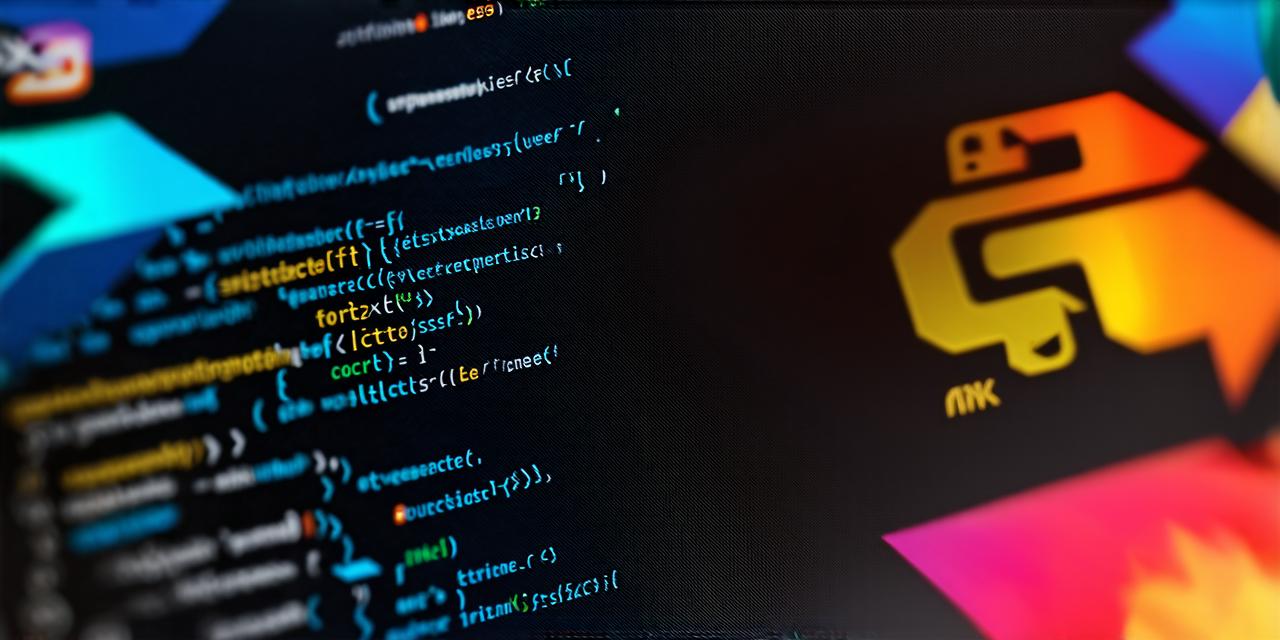Guide to Python for web development
In the dynamic world of web development, choosing the right tool can make all the difference. Today, we delve into the captivating realm of Python – a versatile language that’s not just for data science and machine learning, but also an excellent choice for building robust, scalable web applications.

Why Python?
Python’s popularity stems from its simplicity and readability. As Guido van Rossum, the creator of Python, once said, “Python is a great language for beginners to learn because it has a clean syntax and readability.” This makes it an ideal starting point for newcomers. However, its powerful libraries like Django and Flask enable seasoned developers to create complex web applications with ease.
Diving into Django
Django, a high-level Python web framework, is renowned for its ‘batteries included’ philosophy. It offers pre-built components that speed up the development process significantly. For instance, building a blog from scratch using Django can take as little as 15 minutes! This rapid development is possible due to Django’s built-in features such as an ORM (Object-Relational Mapper), authentication and authorization tools, and admin interface.
Flask vs Django
While both are popular Python web frameworks, they cater to different needs. Flask is lightweight and flexible, perfect for small projects or those requiring customization. On the other hand, Django is more robust and suitable for larger, more complex applications. Flask provides a minimalist structure, allowing developers to build their own tools, while Django offers a more structured approach with pre-built components.
Real-life Example: Instagram
Instagram, initially developed using Python and Django, is a testament to the framework’s capabilities. The platform’s scalability and robustness are evident in its ability to handle millions of users and photos daily. Despite its current use of other technologies, the initial stages of Instagram were built with Python, demonstrating its potential for large-scale applications.
The Future of Python in Web Development
As web applications continue to evolve, so does Python. With the rise of microservices architecture and serverless computing, Python’s adaptability ensures it remains a relevant choice for web development. Python’s compatibility with these modern trends, coupled with its extensive library support, makes it an attractive option for developers looking to stay ahead in the rapidly changing tech landscape.
FAQs
Is Python good for web development?
Yes, with powerful frameworks like Django and Flask, Python is an excellent choice for web development. Its simplicity, readability, and robust libraries make it a popular choice among developers.
Which is better: Flask or Django?
The choice between Flask and Django depends on the specific needs of your project. Flask offers more flexibility but requires more customization, while Django provides a more robust, out-of-the-box solution for larger applications.
In Conclusion
Python’s simplicity, versatility, and powerful libraries make it an indispensable tool in the web developer’s arsenal. Whether you’re a beginner or an experienced developer, Python offers something for everyone in the world of web development. So, why not dive in and explore the endless possibilities that Python has to offer? With its robust frameworks and adaptability to modern trends, Python is poised to continue its reign as a leading language in web development.
